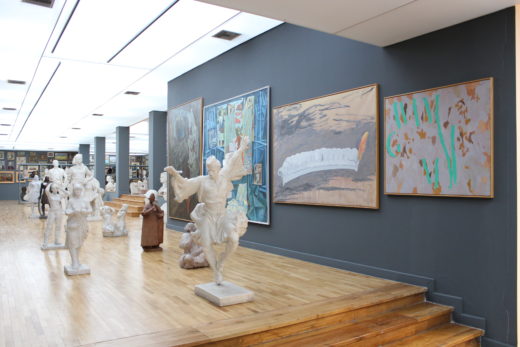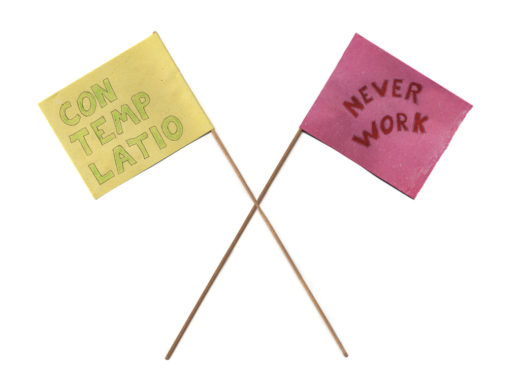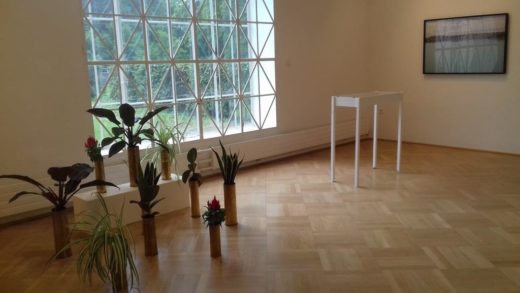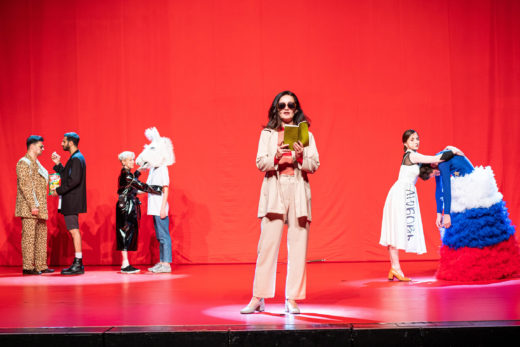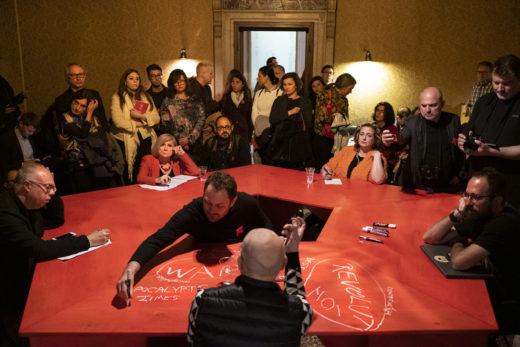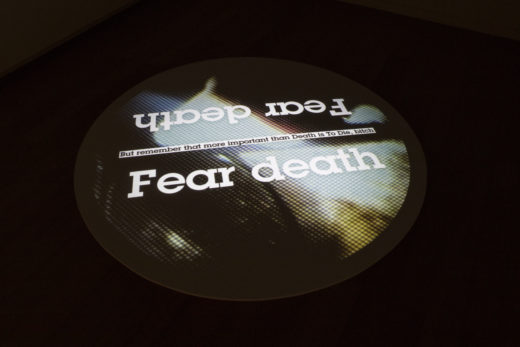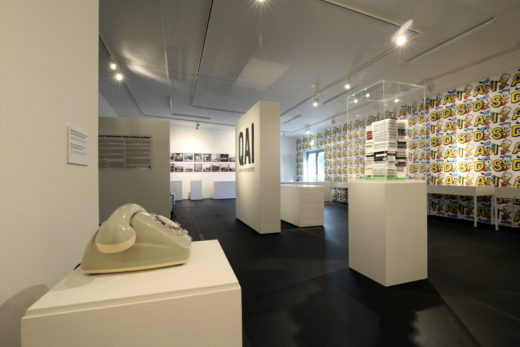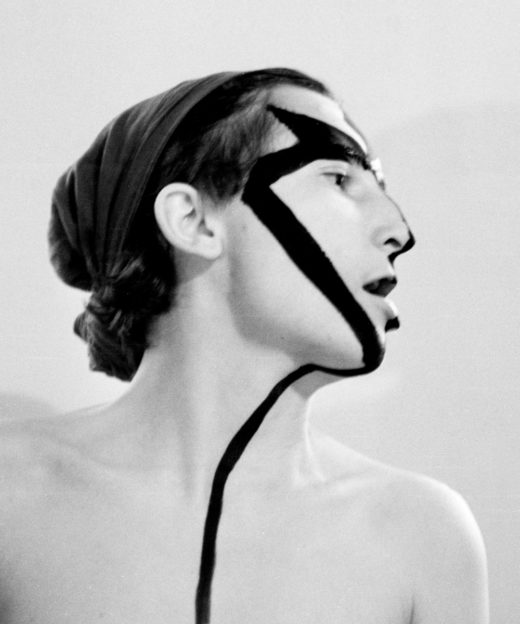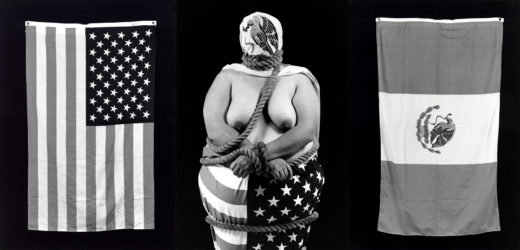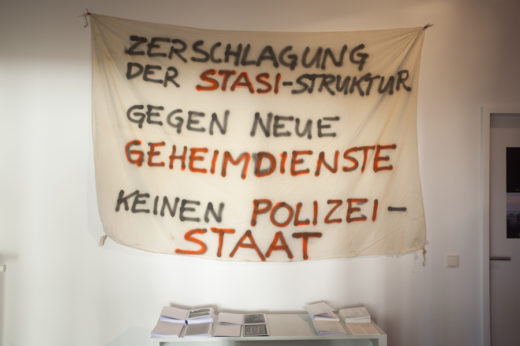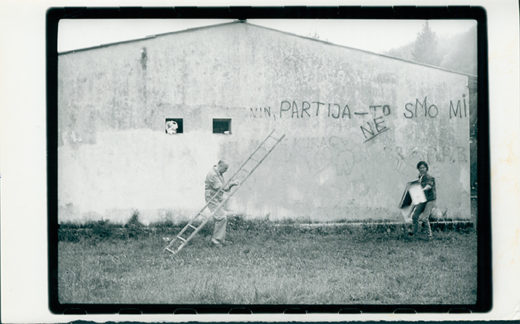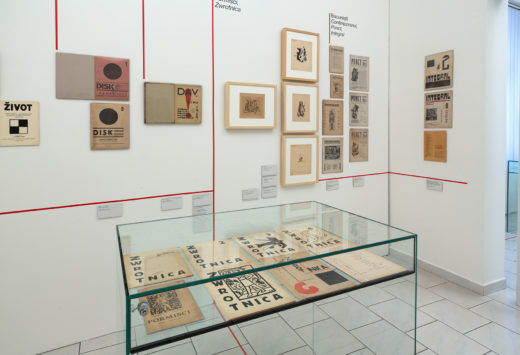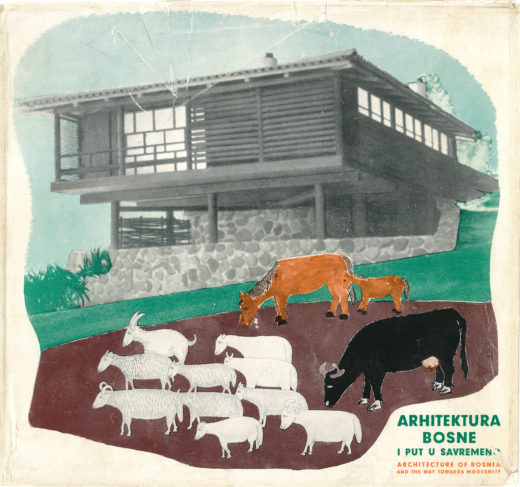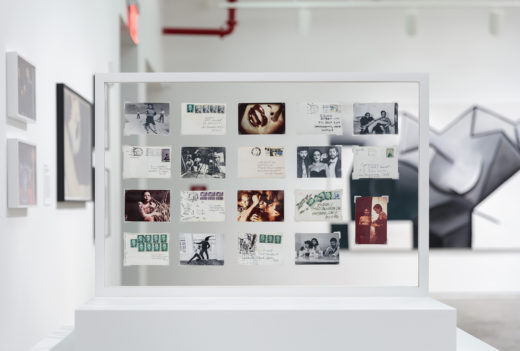Open Archive: A Review
Open Archive (Arkivi i Hapur), National Gallery of Arts, Tirana, September 18, 2020 – Ongoing.
The advent of the coronavirus pandemic seems to have sparked a surge in archival-minded exhibitions in museums (and other kinds of art spaces) the world over, a trend that was especially noticeable in the aftermath of the first wave of the pandemic during the summer of 2020. Many of these shows have been permeated by a sense of “getting back to basics,” as it were. This is not surprising, given that the coronavirus pandemic has put into question the ability of museums to perform the … Read more

